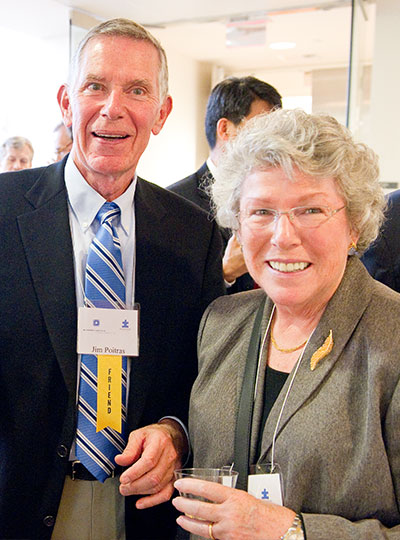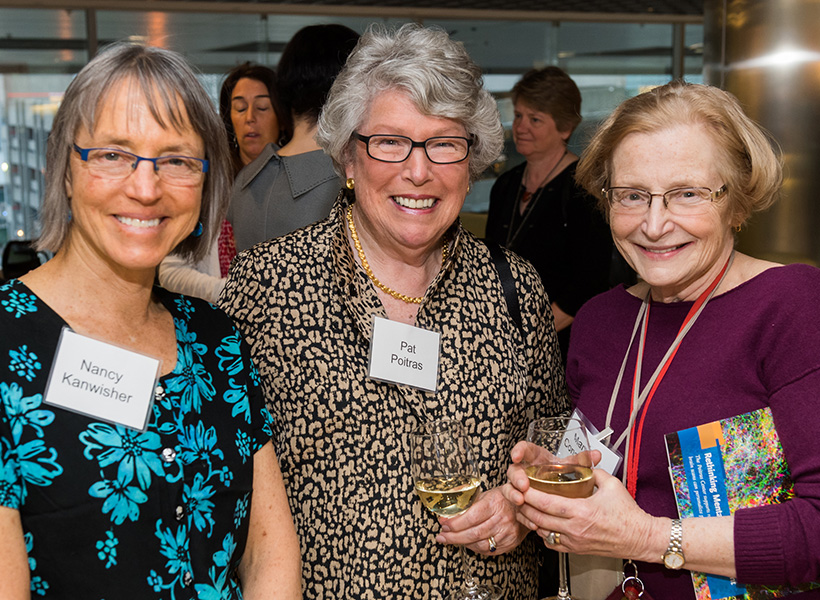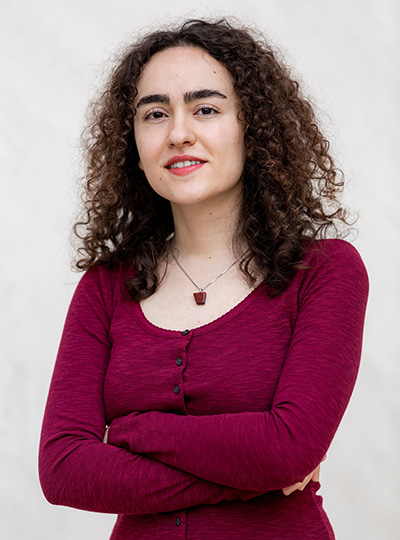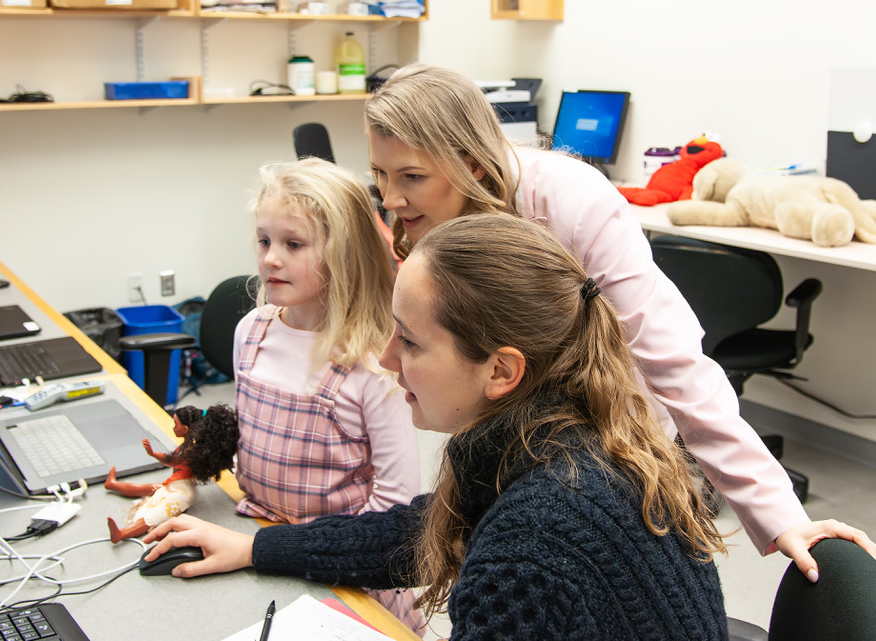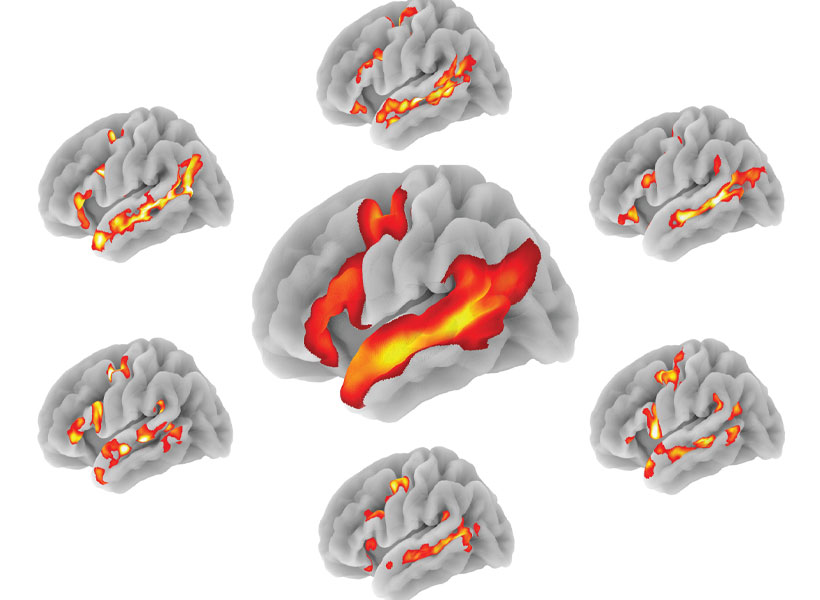In most states, schools are required to screen students as they enter kindergarten — a process that is meant to identify students who may need extra help learning to read. However, a new study by MIT researchers suggests that these screenings may not be working as intended in all schools.
The researchers’ survey of about 250 teachers found that many felt they did not receive adequate training to perform the tests, and about half reported that they were not confident that children who need extra instruction in reading end up receiving it.
When performed successfully, these screens can be essential tools to make sure children get the extra help they need to learn to read. However, the new findings suggest that many school districts may need to tweak how they implement the screenings and analyze the results, the researchers say.
“This result demonstrates the need to have a systematic approach for how the basic science on how children learn to read is translated into educational opportunity,” says John Gabrieli, the Grover Hermann Professor of Health Sciences and Technology, a professor of brain and cognitive sciences, and a member of MIT’s McGovern Institute for Brain Research.
Gabrieli is the senior author of the new open-access study, which appears today in Annals of Dyslexia. Ola Ozernov-Palchik, an MIT research scientist who is also a research assistant professor at Boston University Wheelock College of Education and Human Development, is the lead author of the study.
Boosting literacy
Over the past 20 years, national reading proficiency scores in the United States have trended up, but only slightly. In 2022, 33 percent of fourth-graders achieved reading proficiency, compared to 29 percent in 1992, according to the National Assessment of Educational Progress reading report card. (The highest level achieved in the past 20 years was 37 percent, in 2017.)
In hopes of boosting those rates, most states have passed laws requiring students to be screened for potential reading struggles early in elementary school. In most cases, the screenings are required two or three times per year, in kindergarten, first grade, and second grade.
These tests are designed to identify students who have difficulty with skills such as identifying letters and the sounds they make, blending sounds to make words, and recognizing words that rhyme. Students with low scores in these measures can then be offered extra interventions designed to help them catch up.
“The indicators of future reading disability or dyslexia are present as early as within the first few months of kindergarten,” Ozernov-Palchik says. “And there’s also an overwhelming body of evidence showing that interventions are most effective in the earliest grades.”
In the new study, the researchers wanted to evaluate how effectively these screenings are being implemented in schools. With help from the National Center for Improving Literacy, they posted on social media sites seeking classroom teachers and reading specialists who are responsible for administering literacy screening tests.
The survey respondents came from 39 states and represented public and private schools, located in urban, suburban, and rural areas. The researchers asked those teachers dozens of questions about their experience with the literacy screenings, including questions about their training, the testing process itself, and the results of the screenings.
One of the significant challenges reported by the respondents was a lack of training. About 75 percent reported that they received fewer than three hours of training on how to perform the screens, and 44 percent received no training at all or less than an hour of training.
“Under ideal conditions, there is an expert who trains the educators, they provide practice opportunities, they provide feedback, and they observe the educators administer the assessment,” Ozernov-Palchik says. “None of this was done in many of the cases.”
Instead, many educators reported that they spent their own time figuring out how to give the evaluations, sometimes working with colleagues. And, new hires who arrived at a school after the initial training was given were often left on their own to figure it out.
Another major challenge was suboptimal conditions for administering the tests. About 80 percent of teachers reported interruptions during the screenings, and 40 percent had to do the screens in noisy locations such as a school hallway. More than half of the teachers also reported technical difficulties in administering the tests, and that rate was higher among teachers who worked at schools with a higher percentage of students from low socioeconomic (SES) backgrounds.
Teachers also reported difficulties when it came to evaluating students categorized as English language learners (ELL). Many teachers relayed that they hadn’t been trained on how to distinguish students who were having trouble reading from those who struggled on the tests because they didn’t speak English well.
“The study reveals that there’s a lot of difficulty understanding how to handle English language learners in the context of screening,” Ozernov-Palchik says. “Overall, those kids tend to be either over-identified or under-identified as needing help, but they’re not getting the support that they need.”
Unrealized potential
Most concerning, the researchers say, is that in many schools, the results of the screening tests are not being used to get students the extra help that they need. Only 44 percent of the teachers surveyed said that their schools had a formal process for creating intervention plans for students after the screening was performed.
“Even though most educators said they believe that screening is important to do, they’re not feeling that it has the potential to drive change the way that it’s currently implemented,” Ozernov-Palchik says.
In the study, the researchers recommended several steps that state legislatures or individual school districts can take to make the screening process run more smoothly and successfully.
“Implementation is the key here,” Ozernov-Palchik says. “Teachers need more support and professional development. There needs to be systematic support as they administer the screening. They need to have designated spaces for screening, and explicit instruction in how to handle children who are English language learners.”
The researchers also recommend that school districts train an individual to take charge of interpreting the screening results and analyzing the data, to make sure that the screenings are leading to improved success in reading.
In addition to advocating for those changes, the researchers are also working on a technology platform that uses artificial intelligence to provide more individualized instruction in reading, which could help students receive help in the areas where they struggle the most.
The research was funded by Schmidt Futures, the Chan Zuckerberg Initiative for the Reach Every Reader project, and the Halis Family Foundation.



